Which of the following substances is excreted by the kidneys to regulate blood pressure?
renin
erythropoietin
calcitriol
urobilinogen
Correct Answer : A
Renin is an enzyme that is produced by the kidneys and it acts to elevate blood pressure. When blood pressure falls, the kidneys secrete renin into the bloodstream ³.
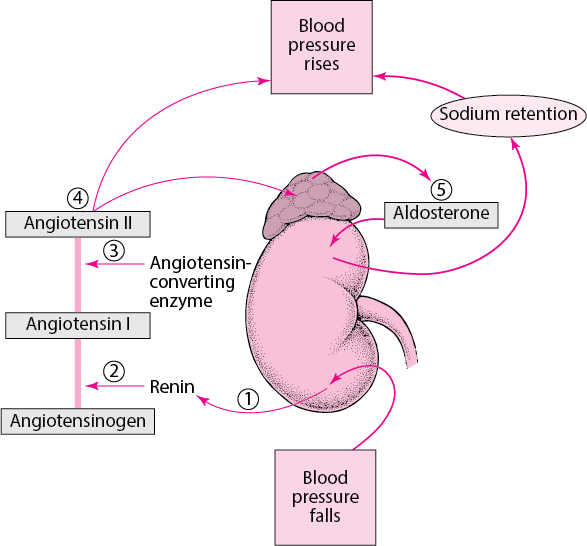 |
TEAS 7 Exam Quiz Bank
HESI A2 Exam Quiz Bank
Find More Questions 📚
Teas 7 Questions: We got the latest updated TEAS 7 questions
100% Money Refund: 100% money back guarantee if you take our full
assessment pass with 80% and fail the actual exam.
Live Tutoring: Fully customized live tutoring lessons.
Guaranteed A Grade: All students who use our services pass with 90%
guarantee.
Related Questions
Correct Answer is D
Explanation
This reaction is exothermic (releases heat), as indicated by the presence of "Heat" on the product side (C + Heat). According to Le Chatelier's Principle, when the temperature of an exothermic reaction is increased, the equilibrium shifts to counteract the added heat by favoring the reverse reaction (where heat is absorbed).
- As a result, the system will shift towards the left (toward the reactants, A and B), to consume the excess heat.
- Therefore, the concentrations of A and B will increase, and the concentration of C will decrease.
The other options do not align with this behavior:
- A. Incorrect, as the concentration of C will change (decrease).
- B. Incorrect, the reaction will shift away from equilibrium due to the temperature change.
- C. Incorrect, the concentration of C will not increase; it will decrease.
Correct Answer is C
Explanation
Stomach acid is highly acidic, primarily composed of hydrochloric acid (HCl), which means it has a low pH (around 1 to 3). Acids release hydrogen ions (H⁺) in solution, which lowers the pH.
- A. It has a higher pH: Incorrect, as acidic solutions have a lower pH compared to neutral distilled water (which has a pH of 7).
- B. It contains nitrogen: Incorrect, stomach acid is composed mostly of HCl, not nitrogen-containing compounds.
- D. It has more hydroxyl ions: Incorrect, acidic solutions have fewer hydroxyl ions (OH⁻); hydroxyl ions are more common in basic (alkaline) solutions.
In comparison to distilled water, which is neutral, the stomach acid solution has significantly more hydrogen ions, making it more acidic.
Correct Answer is A
Explanation
The renal vein is responsible for draining oxygen-depleted blood from the kidneys and carrying it back to the heart through the inferior vena cava.
The other options refer to different structures:
- B. Renal Artery: Brings oxygenated blood to the kidneys, not draining it.
- C. Urethra: Transports urine from the bladder to the outside of the body, not involved in blood flow.
- D. Ureter: Carries urine from the kidneys to the bladder, also not related to blood drainage.
Correct Answer is B
Explanation
Transcription is the process by which DNA is copied into RNA. During transcription, the DNA molecule unwinds and RNA polymerase reads the DNA sequence and synthesizes a complementary RNA molecule using the DNA as a template.
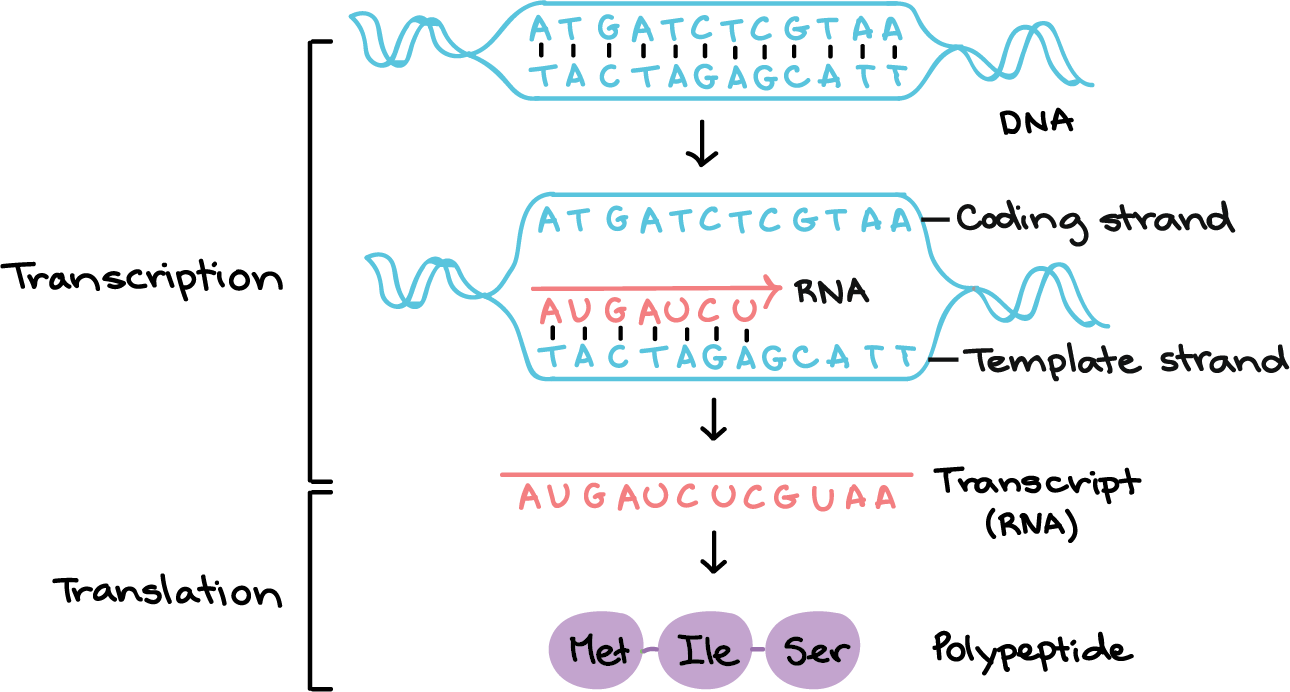
Correct Answer is C
Explanation
The key structural difference between starch and cellulose lies in the type of glucose monomers they contain:
- Starch is composed of alpha-glucose monomers, which are linked by α(1→4) glycosidic bonds.
- Cellulose is composed of beta-glucose monomers, which are linked by β(1→4) glycosidic bonds.
This difference in the orientation of the glucose molecules leads to different structural properties:
- In starch, the alpha-glucose linkage causes the molecules to form a helical, more easily digestible structure.
- In cellulose, the beta-glucose linkage results in straight, rigid chains that form strong fibers through hydrogen bonding, making it difficult for most organisms to digest.
The other options are incorrect:
- A. Incorrect, as cellulose fibrils do have hydrogen bonds, which contribute to its rigid structure.
- B. Incorrect, as both starch and cellulose are made of glucose, not fructose.
- D. Incorrect, both starch and cellulose contain cyclized glucose monomers, but the orientation differs.
Correct Answer is A
Explanation
A physical change is a change that affects the physical properties of a substance, but does not change its chemical identity. Physical changes include changes in state, such as melting or boiling, changes in shape or size, and changes in phase, such as the dissolution of a solid in a liquid. In a physical change, the atoms and molecules of the substance are rearranged, but no new substances are formed.
A chemical change, on the other hand, is a change that results in the formation of new substances with different chemical properties. Chemical changes involve the breaking of chemical bonds between atoms and the formation of new bonds to create new compounds. Chemical changes are usually accompanied by a change in color, the formation of a gas or a solid, or the release or absorption of energy.
Overall, the main difference between a physical change and a chemical change is that a physical change only affects the physical properties of a substance while a chemical change results in the formation of new substances with different chemical properties.
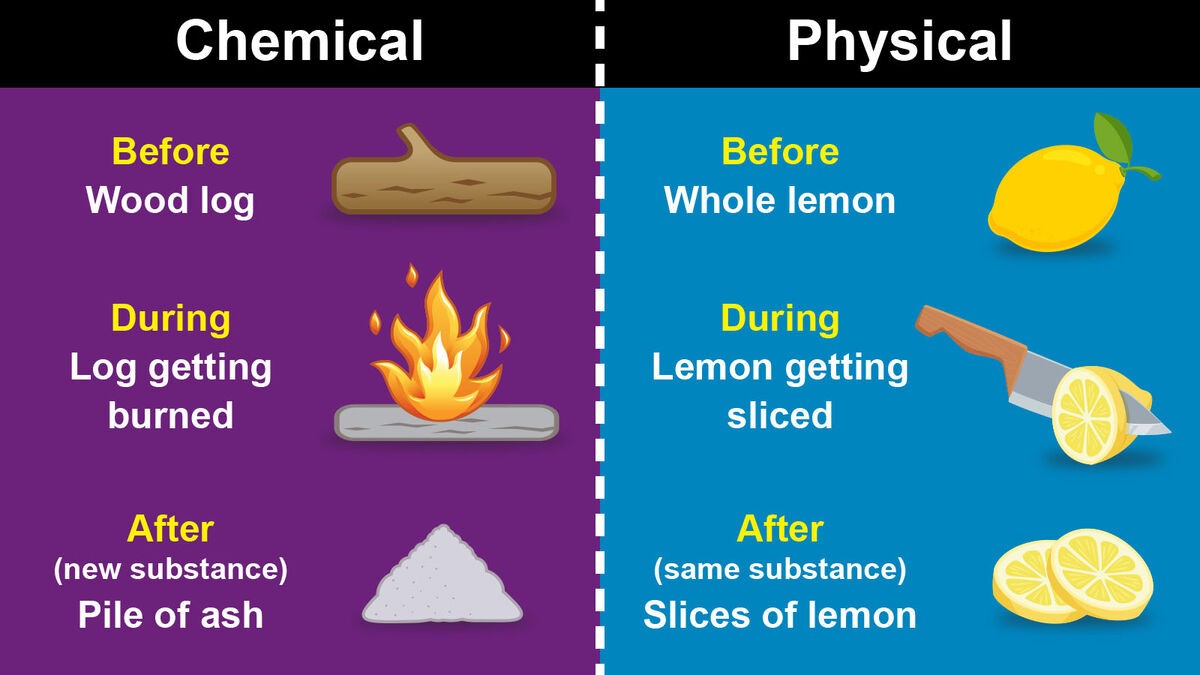 |
Correct Answer is D
Explanation
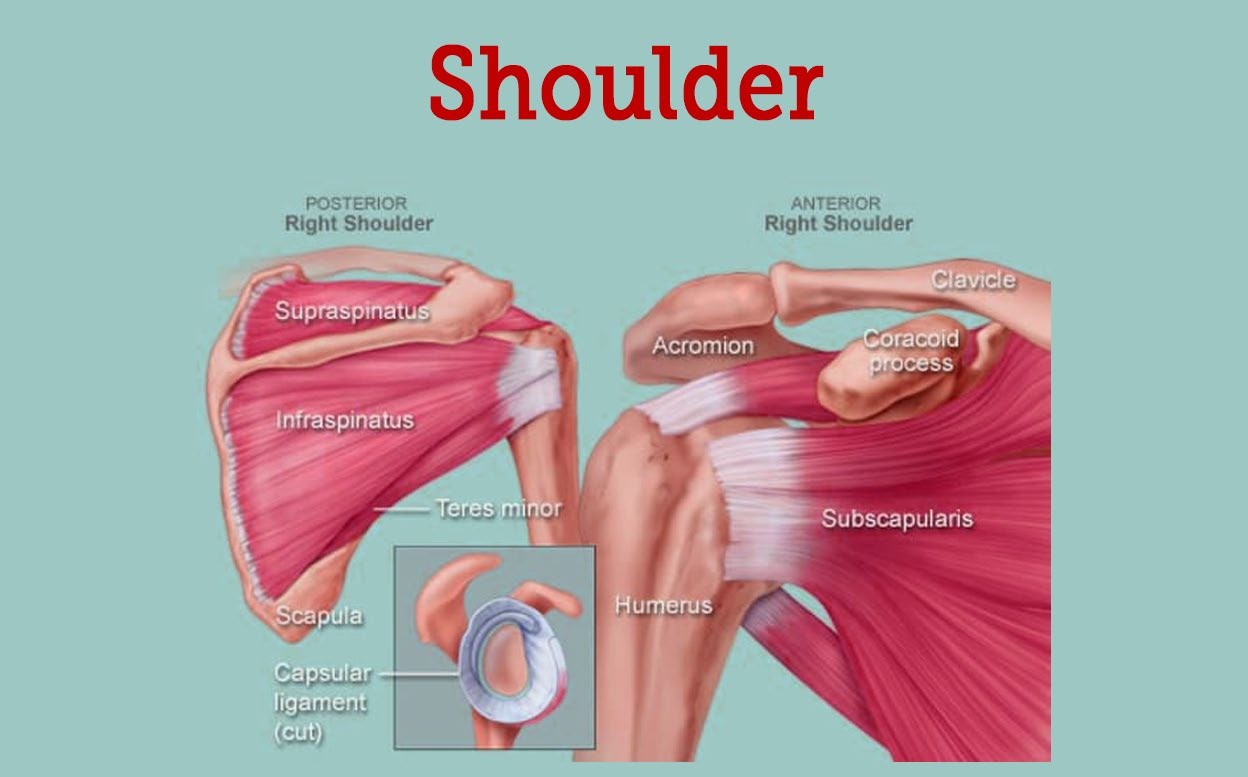 |
Correct Answer is A
Explanation
Renin is an enzyme that is produced by the kidneys and it acts to elevate blood pressure. When blood pressure falls, the kidneys secrete renin into the bloodstream ³.
 |
Correct Answer is A
Explanation
The diaphragm is a dome-shaped muscle that plays a key role in breathing. It separates the thoracic cavity, which contains the heart and lungs, from the abdominal cavity. When the diaphragm contracts, it moves downward and increases the volume of the thoracic cavity, allowing air to flow into the lungs. When it relaxes, it moves upward and decreases the volume of the thoracic cavity, forcing air out of the lungs.
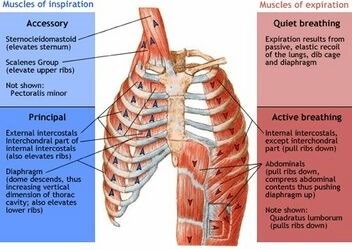 |
Correct Answer is D
Explanation
This reaction involves an acid (hydrochloric acid, HCl) and a base (magnesium hydroxide, Mg(OH)₂) reacting to form water (H₂O) and a salt (magnesium chloride, MgCl₂). This is a classic neutralization reaction, where an acid reacts with a base to neutralize each other, producing water and a salt.
- Neutralization Reaction: Acid + Base → Water + Salt
- In this case:
- Acid: HCl (hydrochloric acid)
- Base: Mg(OH)₂ (magnesium hydroxide)
- Products: H₂O (water) and MgCl₂ (magnesium chloride)
The other options do not apply:
- A. Decomposition: A single compound breaks down into two or more substances. Not the case here.
- B. Combustion: A substance reacts with oxygen, often producing heat and light (usually with organic compounds). Not the case here.
- C. Synthesis: Two or more substances combine to form a single product. Not applicable to this reaction.
This question was extracted from the actual TEAS Exam. Ace your TEAS exam with the actual TEAS 7 questions, Start your journey with us today
Visit Naxlex, the Most Trusted TEAS TEST Platform With Guaranteed Pass of 90%.
Money back guarantee if you use our service and fail the actual exam. Option of personalised live tutor on your area of weakness.
